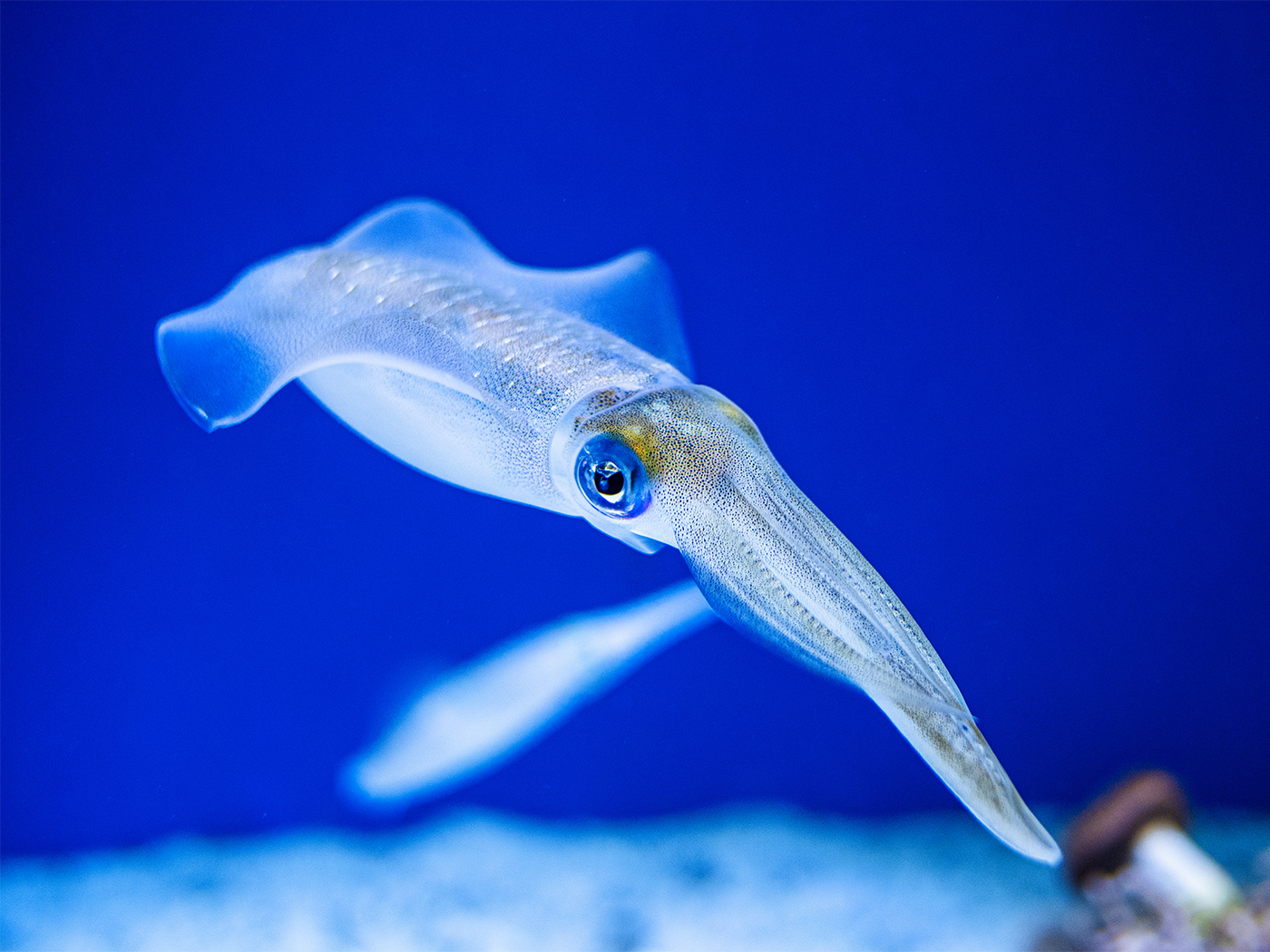Sunflowers (Helianthus annuus) are not only big and beautiful, but they also have an amazing biomechanism called heliotropism.
ICR’s Dr. Jim Johnson stated,
In fact, the sunflowers move during the daytime, in order to track the sun—that’s because God designed and bioengineered their physiologies for such continuous environmental tracking, so that they can photosynthetically maximize the sunlight’s benefits.
“Young sunflower blossoms face east in the morning, then follow the sun as the Earth rotates throughout the day. This behavior, called heliotropism, even takes place on cloudy days and will continue until the stem stiffens to bear the heavy load of growing seeds. Mature flower heads often face east, and these plants can attract five times as many pollinators as westward-facing ones because they warm up more quickly.”1
Botanists have long wondered how heliotropism works to allow this amazing plant to track the sun’s trajectory across the sky, always keeping its face pointed at the sun. Though initially assumed to be a kind of phototropism, scientists at the University of California, Davis discovered heliotropism is its own distinct mechanism that is far more complex and detailed, involving the activation of a large number of genes and possible genetic rewiring.2
Many of us may remember hearing about phototropism in science class. It’s the orientation of a plant in response to light. Specifically, phototropism is ruled by a molecule called phototropin and responds to light at the blue end of the visible light spectrum.
Plants sense blue light using photoproteins of two other sorts, phototropin and cryptochromes. Phototropin is associated with the plasma membrane and is partly responsible for phototropism, the tendency of plants to grow toward light. Phototropism occurs by directional cell elongation, which is stimulated by auxin, but the links between phototropin and auxin are unknown.3
Heliotropism (mentioned above) is the movement of a plant in response to sunlight during daytime or different seasons (diurnal). Heliotropic motion is a circadian rhythm where the plant has the ability to adapt to changes in its conditions. This circadian rhythm (or clock) is important, for example, in regulating sunflower metabolism.
It was assumed for decades that heliotropism would be based on the same straightforward mechanism as phototropism. This is not the case.
In this new UC, Davis study, three biologists studied the activation of sunflower genes indoors and outdoors.
[They] looked at which genes were switched on (transcribed) in sunflowers grown indoors in laboratory growth chambers, and in sunflowers growing in sunlight outdoors.
Indoors, sunflowers grew straight toward the light, activating genes associated with phototropin. But the plants grown outdoors, swinging their heads with the sun, showed a completely different pattern of gene expression. There was no apparent difference in phototropin between one side of the stem and another.
The researchers have not yet identified the genes involved in heliotropism.2
Blocking various wavelengths of light with shade boxes did not affect heliotropism response. This led biologists to suggest investigating protein regulation in the sunflowers. They do know, for example, that moving the plants from indoors to outdoors resulted in “a burst of gene expression.”2
Furthermore, Stacey Harmer, professor of plant biology at UC, Davis, suggested that the sunflowers undergo a type of “rewiring.” Such extensive genetic renovation clearly speaks against the evolutionary concepts of natural processes, chance, and time.
More research on the physiology of the amazing sunflower will only point to purpose, plan, and special creation.
References
- Johnson, J. Sunflower Heliotropism: August Sunlight for Making Tons of Seeds. Creation Science Update. Posted on ICR.org August 31, 2020, accessed November 8, 2023, quoting Gaskell, K. Sunflowers Smarts. Bay Journal. Posted on Bayjournal.com July 23, 2020.
- Fell, A. How Sunflowers See the Sun. University of California, Davis. Posted on biology.ucdavis.edu October 31, 2023, accessed November 10, 2023.
- Alberts, B. et al. 2022. Molecular Biology of the Cell, 7th ed. New York, NY: W.W. Norton and Company, 945.
* Dr. Sherwin is science news writer at the Institute for Creation Research. He earned an M.A. in zoology from the University of Northern Colorado and received an Honorary Doctorate of Science from Pensacola Christian College.





















